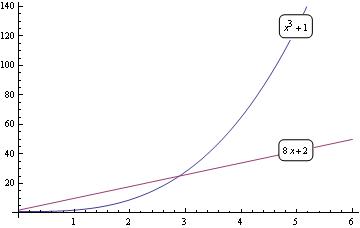


I don’t want too much black in the image, so I try to convert our image into black and white with a low threshold. With ImageAdjust we can fix contrast, brightness, and gamma, and ImageMultiply can easily handle applying textures.Īs a final effort, I would like to create something totally different from what we have just seen: a filter that transforms my picture into something similar to a comic, with only black and white and a uniform filling pattern for the gray area. Using the luminosity as parameter, I implemented a blending effect limited to the dark or light areas. With a little more effort, it is possible to put many more effects together in a single, interactive panel. We can do the above using image arithmetic functions such as ImageSubtract and ImageMultiply that are now updated to work with a list of channel values. Or, if we want to maintain the pure black at the corners, simply: mask + α color. The general idea would be to implement an expression like: (1 – α) mask + α color. What if we want to perform some fine tuning of our color mixing? This procedure is very straightforward, but a bit rough. Now we only need to adjust the mask dimensions to the ones of our original image so that it is possible to combine them. I am going for a simple shading at the corners, obtainable using a Gaussian mask. Mathematica‘s image processing functionality allows you to apply masks, for example, to create vignette effects. Here is a subset of the other filters present in Mathematica 9.Īnd here are Mathematica 9’s embedded image effects. Using this in combination with the duo ColorSeparate/ ColorCombine, we can write a much more readable and efficient version of the filter above. Some common functions are already included with an internally optimized version such is the case for the mean filter, which is named, not unexpectedly, MeanFilter.

Or, design a custom filter to average the values in the blue channel only over a specified neighborhood range: Two Mathematica super functions that can be used to apply transformations directly to an image are ImageApply, which is a pixel operator, and ImageFilter, which considers the pixel as well as a neighborhood of pixels around it and works as a local filter.įor example, you can remove the blue channel and perform a gamma correction only on the green channel by doing the following: You can perform morphological operations, color manipulation, segmentation analysis, feature detection, and more, most of which can be applied to the new Image3D object as well.Ī byproduct of this whole ecosystem is that now it is easier than ever to use Mathematica to create and apply effects to your images. Mathematica 9 has just been released with many new or enhanced capabilities for image processing.


 0 kommentar(er)
0 kommentar(er)
